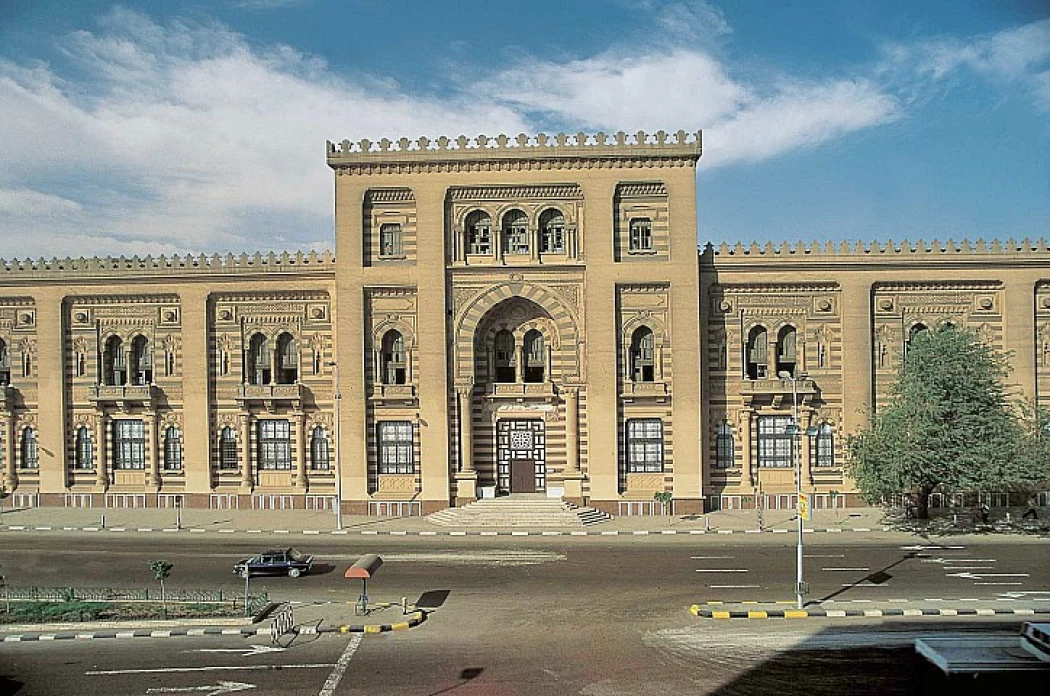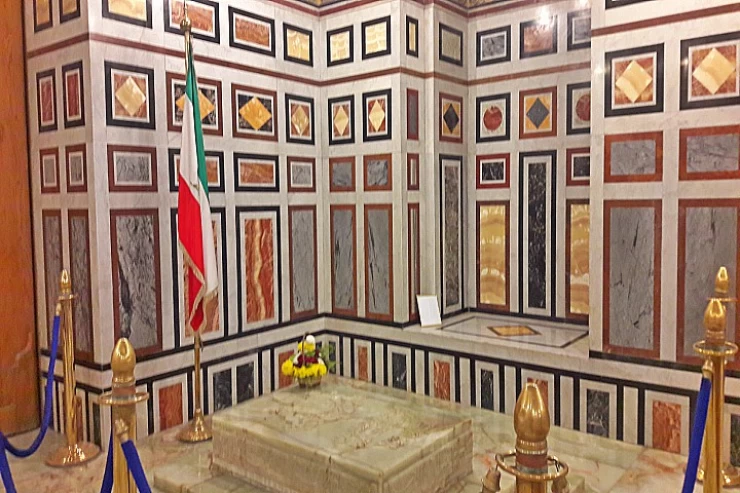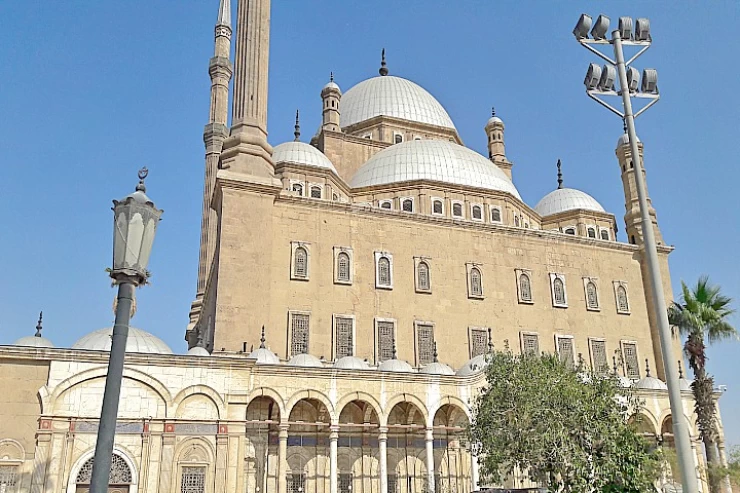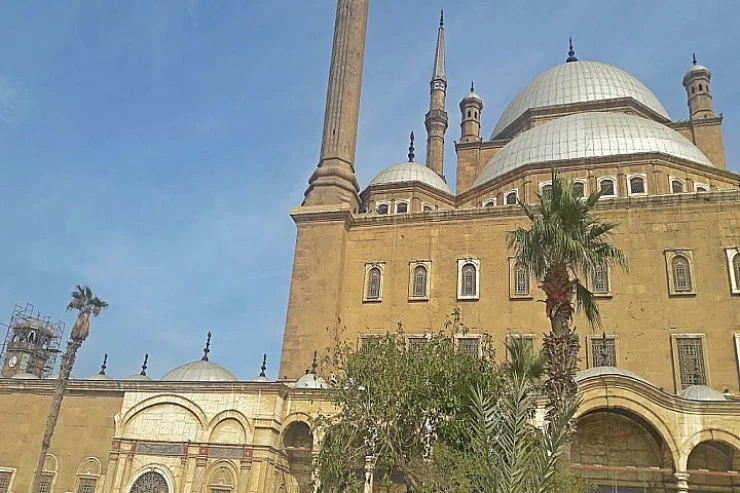
Museum of Islamic Art
Facts About Museum of Islamic Art
When people are talking about the Museum of Islamic Art, it usually comes up as one of the biggest Islamic Art Museums globally. It has served as a center for Islamic arts through centuries. The start of its first days began when the Khedive Abbas Helmi II’s reign was still active on 28th December 1903, this shows how long this place has been around since time immemorial.
Islamic artifacts and documents from Egypt, North Africa, the Levant, India, China, Iran, the Arabian Peninsula, and Andalusia were aimed at being collected by establishing the museum. To be specific the idea was introduced during the reign of Khedive Ismail in 1869 but it was not until Khedive Tawfiq took over that it took off; indeed, the collection process started with artifacts dating back to the Islamic era which were found in the east iwan of the Al-hakim Amr Allah mosque.
In 1951, this museum had its name changed from Arab Museum to Museum of Islamic Art, containing recovered Islamic art that resides from various parts of different Islamic times. This museum has two entrances: one at the right corner and another at the left corner facing Port Said Street with an Islamic façade design based on many Egyptian historical periods.
The museum consists of two floors: the museum's exhibition halls, which include 4400 artefacts, and a hall dedicated to the holdings of the era of Muhammad Ali, the second with warehouses and basement, which is used as a storage and restoration section, and contains 100 thousand objects. The cost of restoring it was about 57 million pounds, with the United Arab Emirates awarded 50 million pounds, 100,000 dollars from UNESCO, 1 million and 200,000 from America and Switzerland.
The new development began, and the new display included 4,400 artefacts, of which 400 were first displayed. The old display included only 475 pieces, with the addition of 16 trimesters for the old display, the expansion of the rooms where the number of open rooms to 25 rooms, as well as the application of a new display scenario and the numbers of explanatory cards, after the formation of a committee by university professors.

















